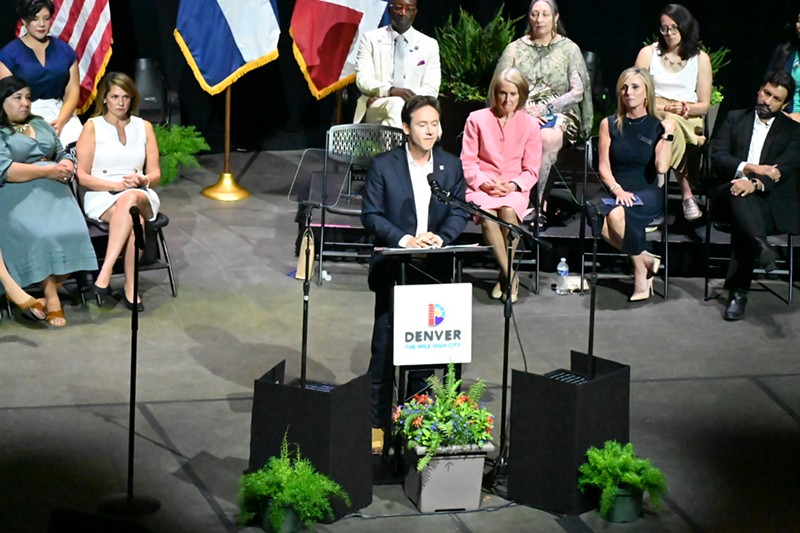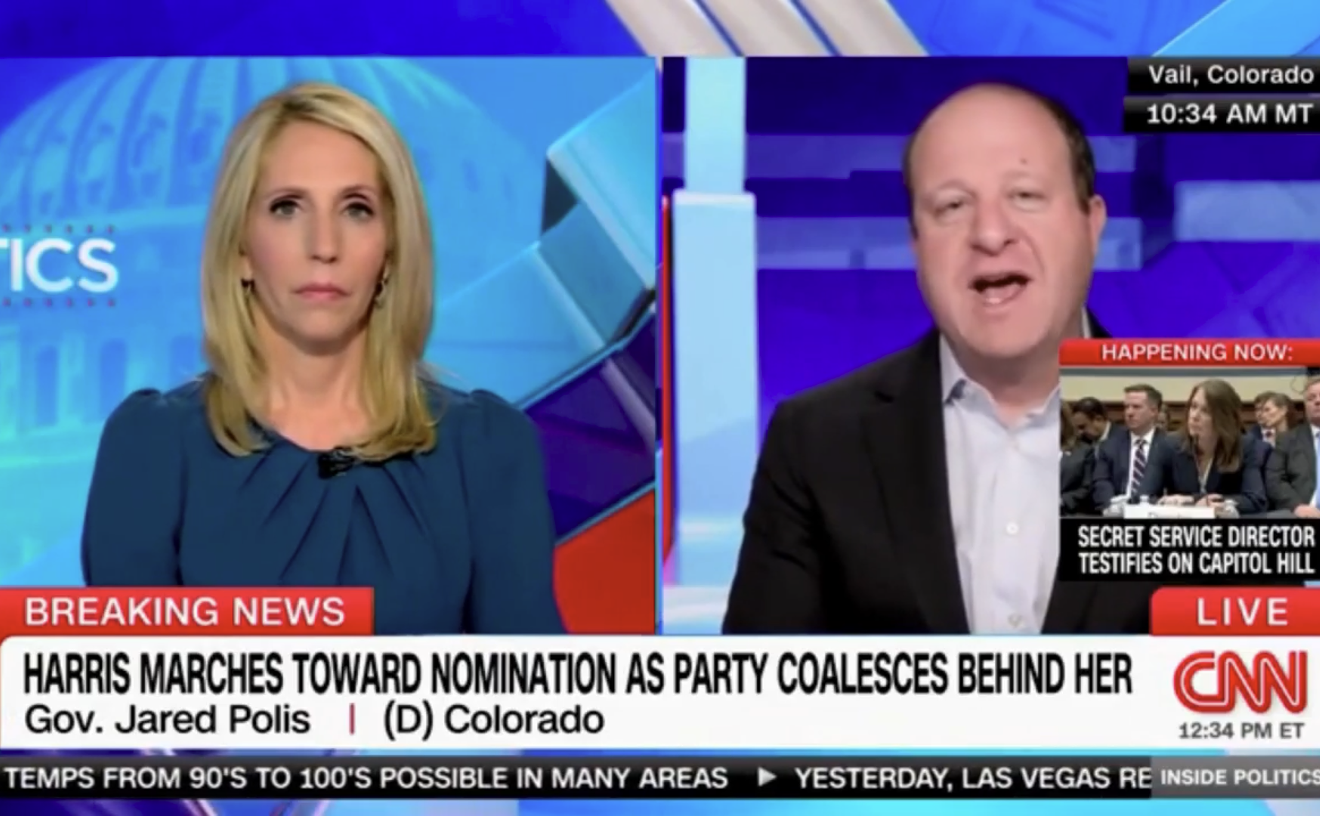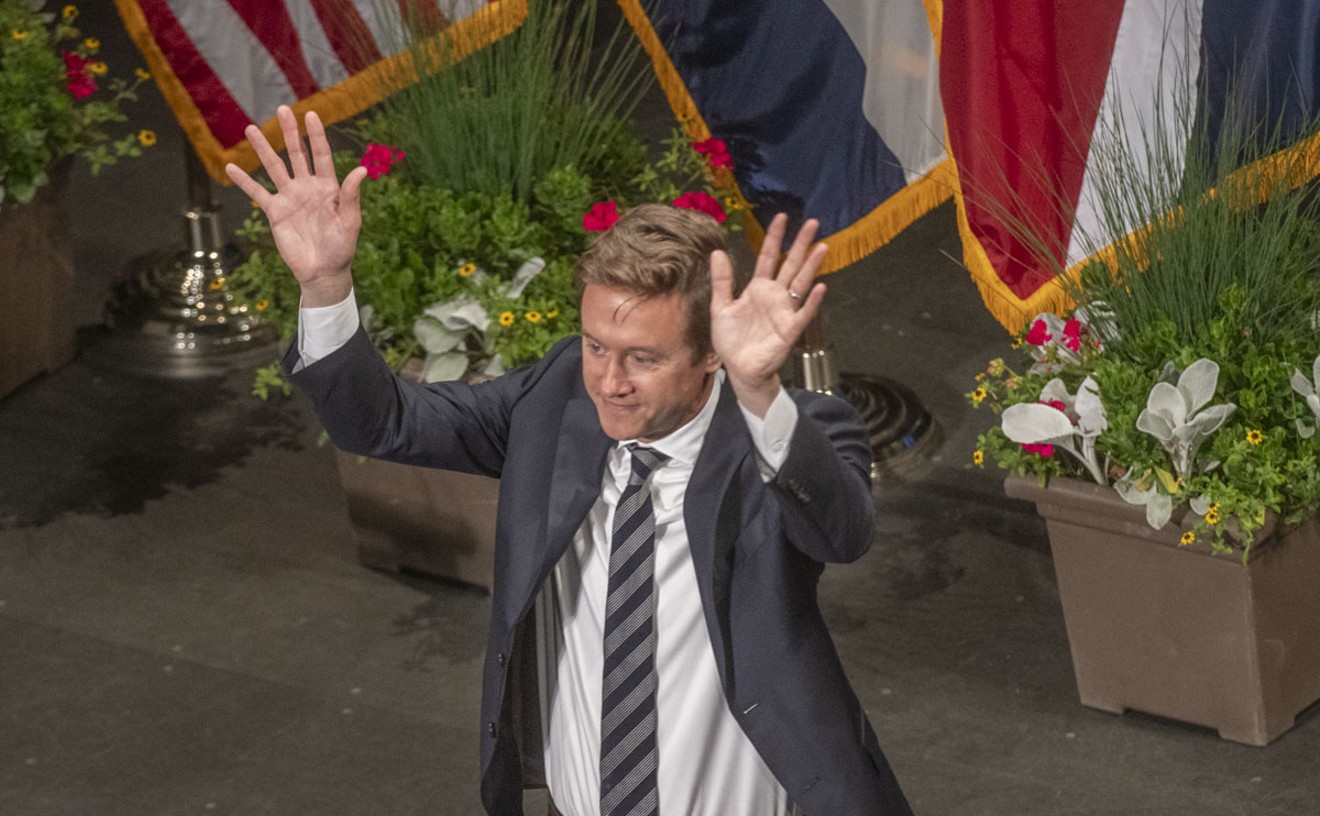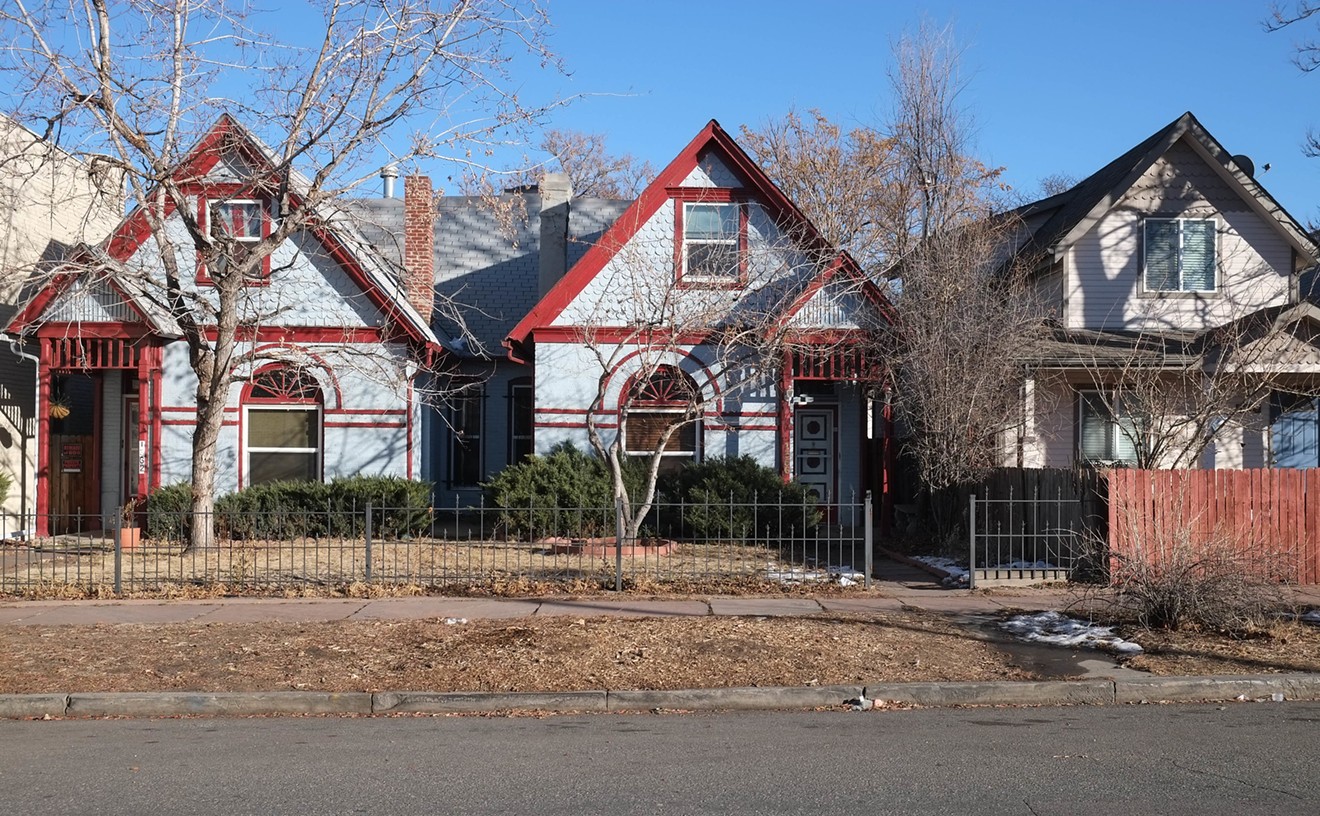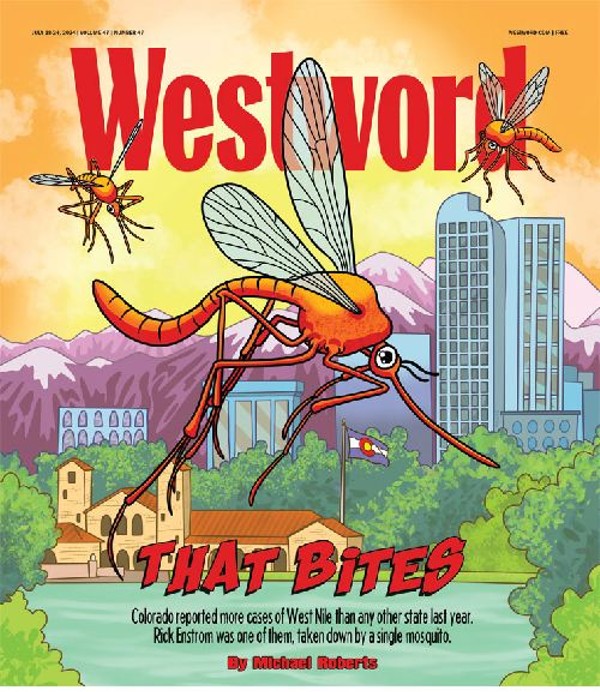Johnston, who marked his one-year anniversary as mayor on Wednesday, July 17, boasted of efforts to solve homelessness and the migrant crisis while also making Denver more affordable and vibrant by his next State of the City.
But he opened his speech by talking about the first homeless encampment he visited as mayor.
"The first man I talked to showed me the sores all over his back from being bitten by rats in the middle of the night while he was sleeping," Johnston recalled. "He told me how hard it was to hold a job, because when he left for the day to work a shift, he would come back and all of his stuff would be stolen from his tent."
That encampment would later be the first one swept under Johnston's administration, before he was able to open housing units at hotels. He started his time in office by promising to move 1,000 people indoors by the end of 2023, a goal he accomplished by his own standards.
According to Johnston, when he first came into office, multiple places in Denver had to close or suspend services because of homeless encampments nearby, including downtown businesses, the U.S Post Office in the Ballpark District and hospitals.
"Some blocks downtown had more tents than business," he says. "And the encampments were magnets for crime."
During his speech, Johnston touted that he solved the issue by moving more than 1,800 people indoors, including 1,600 people who are still living at hotels that were converted into shelters, in micro-communities, in their own leased units or with families.
"You will not see a single tent or a single encampment in all of downtown Denver, because all those people who were living on these streets are now living indoors in dignity," he said. "A dream that seemed impossible a year ago, that we could find a path to end street homelessness in the next four years, now feels more possible than ever."
The mayor also highlighted efforts to respond to an influx of 30,000 migrants, mostly from Venezuela, who came to Denver during his administration. "The city has welcomed more migrants per capita than any other city in America," he says. "And we do not have a single encampment of migrant families living on the streets."
Even if there may not be migrant encampments on the streets right now, Johnston did clear a handful this year. His administration swept a migrant encampment in Highland in January, another with about fifty residents outside the gates of Elitch Gardens in March, and another in May that had been hidden in plain sight under a Central Park overpass, among others.
Johnston also had to cut city services at the DMV and Denver Parks & Recreation in February to support the city's migrant response, though those services were restored a few months later.
The number of migrants arriving from the border has dwindled since local and federal policies passed in May have deterred more from coming to Denver, including less shelter time for newcomers arriving in Denver. The city is currently supporting more than 800 migrants with half a year of rental assistance and job training through the Denver Asylum Seeker and WorkReady programs. However, more than 20,000 migrants are believed to be living somewhere in the Denver metro area, according to the mayor's office.
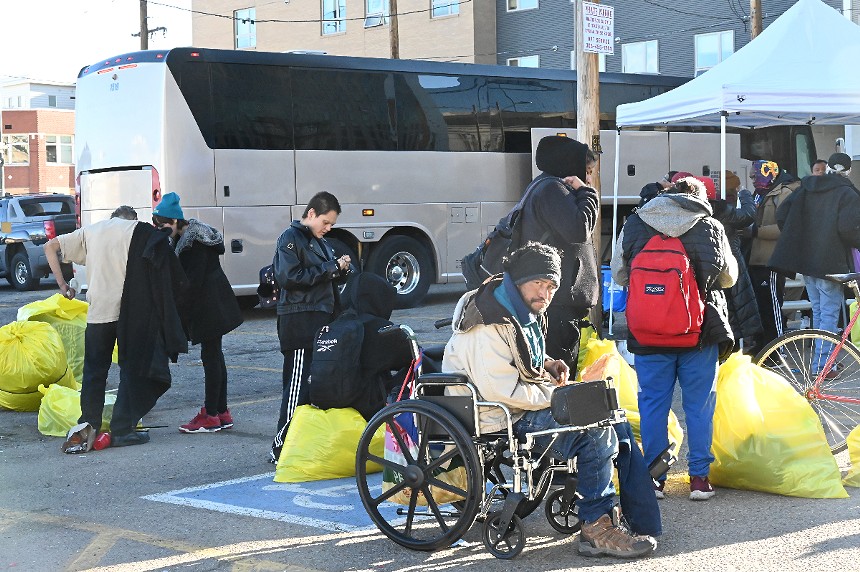
Homeless residents at an encampment in December in the Ballpark District prepare to board a bus that will take them to transitional housing.
Bennito L. Kelty
Incoming City Programs From Mayor Johnston
Johnson mentioned plans for new programs across the board in 2024 and 2025, including a new, upcoming youth summer employment program. His administration had 25 community events scheduled for the months ahead, he added.The mayor's office is also getting ready to roll out road safety improvements on highly trafficked roads while stepping up law enforcement against auto theft, launching a neighborhood safety office and reducing crime downtown through new rideshare designation zones on the weekend, according to Johnston.
One new program from his office, Give5 Mile High, is an initiative to persuade Denver residents to spend five hours a week volunteering for the city and with Denver Public Schools. He credited his wife, Courtney, with the idea.
"Each month we will focus on a different citywide need and partner with nonprofit organizations across the city to make it easy for Denverites to serve together," he said, adding that Give5 will create "service days" that bring residents for volunteering events.
The first service day will be a DPS event on August 17 when residents will help students get school supplies and other resources to start the academic year. Johnston also announced a "Beautify Denver" initiative that will launch in September. The program will bring residents out to different parts of Denver to clean up litter and "make sure every block of Denver is beautiful," the mayor said.
The mayor further promoted the "Affordable Denver" ballot measure that will increase the city's sales tax by a half-cent to generate $100 million a year for the city to build 45,000 cost-controlled housing units. These units will be enough to keep up with Denver's housing needs for the next ten years, he said.
"Tonight, a girl will wake up scared in the middle of the night and walk into her mom's room expecting to find her fast asleep. But her mom will be wide awake, staring at the ceiling, wondering how she's going to find a way to pay the rent that just went up $200 this month," Johnston said. "If we want to keep the mom and the grandma and the college graduate in Denver, we can, but we have to choose it and we have to fight for it."
The median income in Denver doubled from 2000 to 2022, going from $40,000 to $84,000 — but the median home price more than tripled during the span, from $165,500 to $525,000. Meanwhile, the median cost of Denver rent nearly tripled, from $630 to $1,870, according to the mayor's office.
For the year ahead, Johnston vowed to keep housing people while turning his sights to cutting the cost of living in Denver, reducing permitting and construction times to develop housing and commercial property faster, and reviving the 16th Street Mall.
"By the next State of the City, 16th Street will be open from Union Station to the Pavilions, buses will be running, people will be strolling down our new broad sidewalks, brand-new stores will be open," he promised. "Downtown Denver is the economic and artistic engine of the city, and we cannot have a vibrant city without a vibrant downtown."

